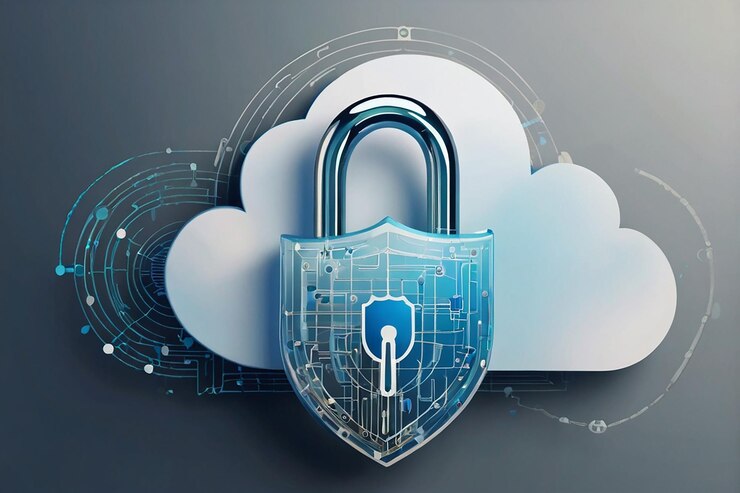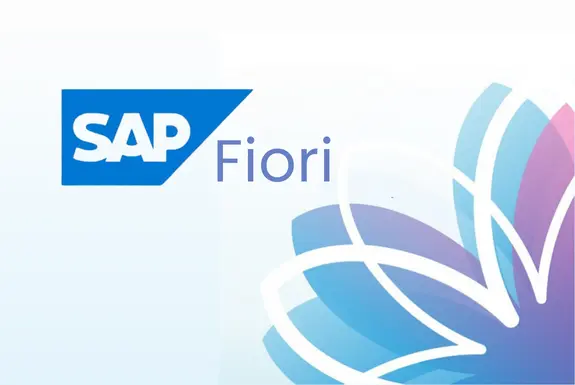Introduction
In today’s rapidly evolving world, energy efficiency has become a cornerstone for sustainable business practices. Companies are increasingly recognizing the importance of managing energy use effectively, not only to reduce costs but also to minimize their environmental impact. ISO 50001, an international standard for energy management systems (EnMS), provides a structured framework for organizations to enhance their energy performance, cut down on energy consumption, and lower greenhouse gas emissions. In this article, we will explore the path to achieving ISO 50001 certification and the significant benefits it offers to businesses.
Understanding ISO 50001
ISO 50001 is an internationally recognized standard developed by the International Organization for Standardization (ISO). First published in 2011 and later revised in 2018, it provides a systematic approach for organizations to establish, implement, maintain, and improve an energy management system. The standard is applicable to any organization, regardless of size, sector, or geographical location, and is designed to help companies improve their energy performance continuously.
The core of ISO 50001 lies in the Plan-Do-Check-Act (PDCA) cycle, which promotes a structured approach to energy management. This cycle encourages organizations to:
- Plan: Establish the objectives and processes necessary to deliver results in accordance with the organization’s energy policy.
- Do: Implement the energy management plan and control processes.
- Check: Monitor and measure processes against energy policy, objectives, and legal requirements, and report the results.
- Act: Take actions to continually improve energy performance and the EnMS.
Why ISO 50001 Certification Matters
Achieving ISO 50001 certification is not just about compliance; it’s about embracing a culture of continuous improvement in energy management. The certification offers a multitude of benefits, including:
- Enhanced Energy Performance: ISO 50001 drives organizations to identify energy-saving opportunities and implement measures to improve energy efficiency. This leads to significant reductions in energy consumption and costs.
- Cost Savings: By optimizing energy use, organizations can achieve substantial cost savings. The systematic approach provided by ISO 50001 ensures that energy efficiency is not a one-time effort but a continuous process, leading to long-term financial benefits.
- Environmental Responsibility: Reducing energy consumption directly contributes to lowering greenhouse gas emissions. ISO 50001 certification helps organizations meet environmental regulations and demonstrate their commitment to sustainability.
- Competitive Advantage: Companies with ISO 50001 certification can differentiate themselves in the marketplace by showcasing their commitment to energy efficiency and sustainability. This can enhance their reputation and attract environmentally conscious customers and investors.
- Compliance with Regulations: ISO 50001 helps organizations stay ahead of evolving energy regulations and standards, reducing the risk of non-compliance and associated penalties.
- Employee Engagement: Implementing ISO 50001 involves employees at all levels of the organization, fostering a culture of energy awareness and responsibility. This engagement can lead to innovative ideas and greater buy-in for energy-saving initiatives.
The Path to ISO 50001 Certification
Achieving ISO 50001 certification involves a series of steps that guide organizations through the process of establishing an effective energy management system. Here’s a roadmap to help you navigate the path to certification:
- Commitment from Top Management
The journey to ISO 50001 certification begins with a strong commitment from top management. Leadership must recognize the value of energy management and allocate the necessary resources, including time, budget, and personnel, to implement the standard effectively. This commitment should be formalized through an energy policy that outlines the organization’s goals and objectives related to energy performance.
- Conduct an Energy Review
The next step is to conduct a comprehensive energy review. This involves analyzing the organization’s current energy use, identifying significant energy-consuming processes, and assessing opportunities for improvement. The energy review provides a baseline for measuring energy performance and helps in setting realistic and achievable energy objectives and targets.
- Develop an Energy Management Plan
Based on the findings of the energy review, the organization should develop an energy management plan. This plan outlines the specific actions required to achieve the energy objectives and targets. It includes the identification of roles and responsibilities, allocation of resources, and the establishment of timelines for implementation. The energy management plan serves as a roadmap for the organization’s energy management efforts.
- Implement the Plan
With the energy management plan in place, the organization can begin implementing the identified actions. This may involve upgrading equipment, optimizing processes, and training employees on energy-efficient practices. It’s important to ensure that the plan is communicated effectively across the organization and that all employees are aware of their roles in achieving the energy objectives.
- Monitor and Measure Performance
Continuous monitoring and measurement are crucial to the success of an energy management system. Organizations should establish key performance indicators (KPIs) to track progress toward their energy objectives. Regular audits and assessments help identify areas for improvement and ensure that the energy management system remains effective over time.
- Conduct Internal Audits
Internal audits are a critical component of the ISO 50001 certification process. These audits assess the effectiveness of the energy management system and identify any non-conformities or areas that require corrective action. Internal audits should be conducted by trained personnel who are independent of the processes being audited to ensure objectivity.
- Management Review
Following the internal audit, a management review should be conducted to evaluate the overall performance of the energy management system. This review provides an opportunity for top management to assess progress toward energy objectives, identify any barriers to success, and make informed decisions about future energy management initiatives.
- Seek Certification
Once the organization is confident in its energy management system, it can seek certification from an accredited certification body. The certification process involves a thorough external audit to verify that the organization’s EnMS meets the requirements of ISO 50001. If successful, the organization will be awarded ISO 50001 certification, which is valid for three years, with periodic surveillance audits to ensure continued compliance.
Sustaining ISO 50001 Certification
Achieving ISO 50001 certification is not the end of the journey; it’s the beginning of a continuous improvement process. Organizations must remain committed to maintaining and improving their energy management system over time. This involves regularly reviewing energy performance, updating energy objectives and targets, and staying informed about new energy-saving technologies and practices.
Conclusion
ISO 50001 certification offers organizations a powerful tool for unlocking energy efficiency and driving sustainable business practices. By following the structured approach provided by the standard, companies can achieve significant energy and cost savings, reduce their environmental impact, and enhance their competitiveness in the marketplace. The path to certification requires commitment, planning, and continuous improvement, but the rewards are well worth the effort. As the world increasingly shifts toward sustainability, ISO 50001 provides a clear and effective framework for organizations to lead the way in energy management.




